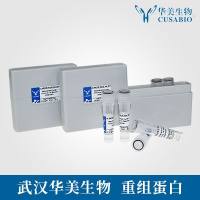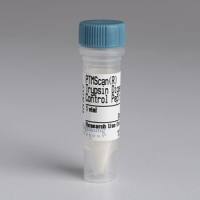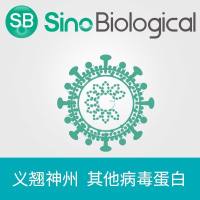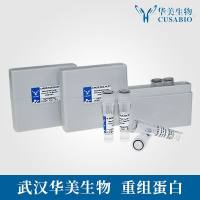Evaluation of the Frequency of Virus-Specific CD8+T Cells by Cytokine Flow Cytometry
互联网
互联网
相关产品推荐

CD8 alpha重组蛋白|Recombinant Human CD8A / MAL Protein (His Tag)
¥0

Recombinant-Mouse-Selection-and-upkeep-of-intraepithelial-T-cells-protein-10Skint10Selection and upkeep of intraepithelial T-cells protein 10; Skint-10
¥11466

Flow Cytometry Antibody Dilution Buffer
¥500

Capsid L1重组蛋白|Recombinant Human Papilloma Virus type 16 (HPV 16) L1 protein (VLP)
¥3220

CCL1/CCL1蛋白/C-C motif chemokine 1(Small-inducible cytokine A1)(T lymphocyte-secreted protein I-309)蛋白/Recombinant Human C-C motif chemokine 1 (CCL1)重组蛋白
¥69
相关问答
相关方法

